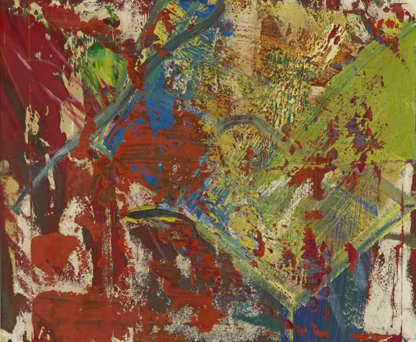Nostalgia and incomprehensibility in 'Art from Koln' at the Liverpool Tate Gallery.
IN BRITAIN, it seems, art is occasionally considered for vote-winning potential (the Margaret Thatcher Thyssen Collection that nearly was), more often thought of as a downright liability. The places that house it, we are given to understand, are poorly tuned to the entrepreneurial spirit of the age. How different it all is in West Germany, where no one would dream of marketing an ace Bierkeller with quite a nice museum at-tached.
While we get improved caff facilities, the West Germans are force-fed museum culture. While our exist-ing museums have trouble enough staying open five days a week, city states from one end of the West German Rhine to the other compete for cultural pre-eminence, building, funding, acquiring. The New Muse-ums in the Federal Republic of Germany (Academy Editions) lists no fewer than 17, from Berlin with its Neue Nationalgalerie, to Stuttgart with its Neue Staatsgalerie ('Britischer Architekt, ja'). True, Robert Hewison's The Heritage Industry (Methuen) records the strange fact that on average one new museum opens in Britain every week, but since most are along the lines of the Little Pidlington Museum of Coal Mining - doubtless complete with cloth-capped actors playing out vignettes of humble working-class life - they can't really be said to count.
Still, we must not forget the Tate Gallery Liverpool, designed by the same Britische Architekt as Stutt-gart's Neue Staatsgalerie - although at times it has been rather easy to forget, thanks to the inadequacies of an annual grant that left it with a pittance to spend on publicity since opening last May.
In the context, it is hard not to suspect the Liverpool Tate's 'Art from Koln' of having ulterior motives. The catalogue is filled with nudging references to...

Boys will be Beuys
13-06-1989

